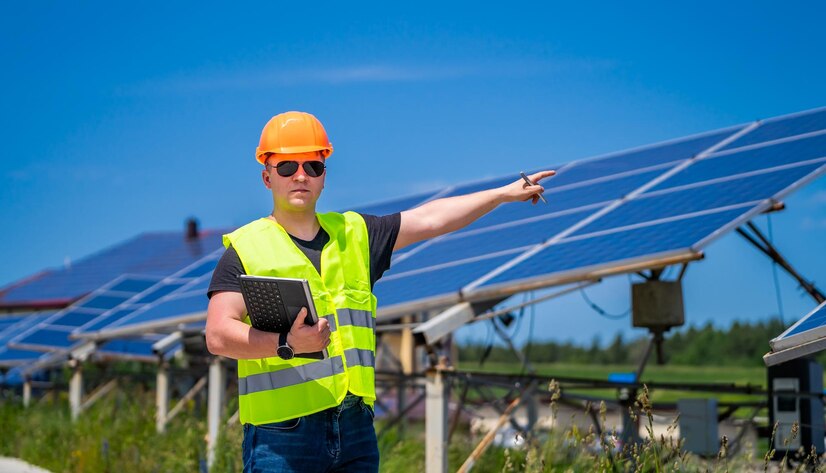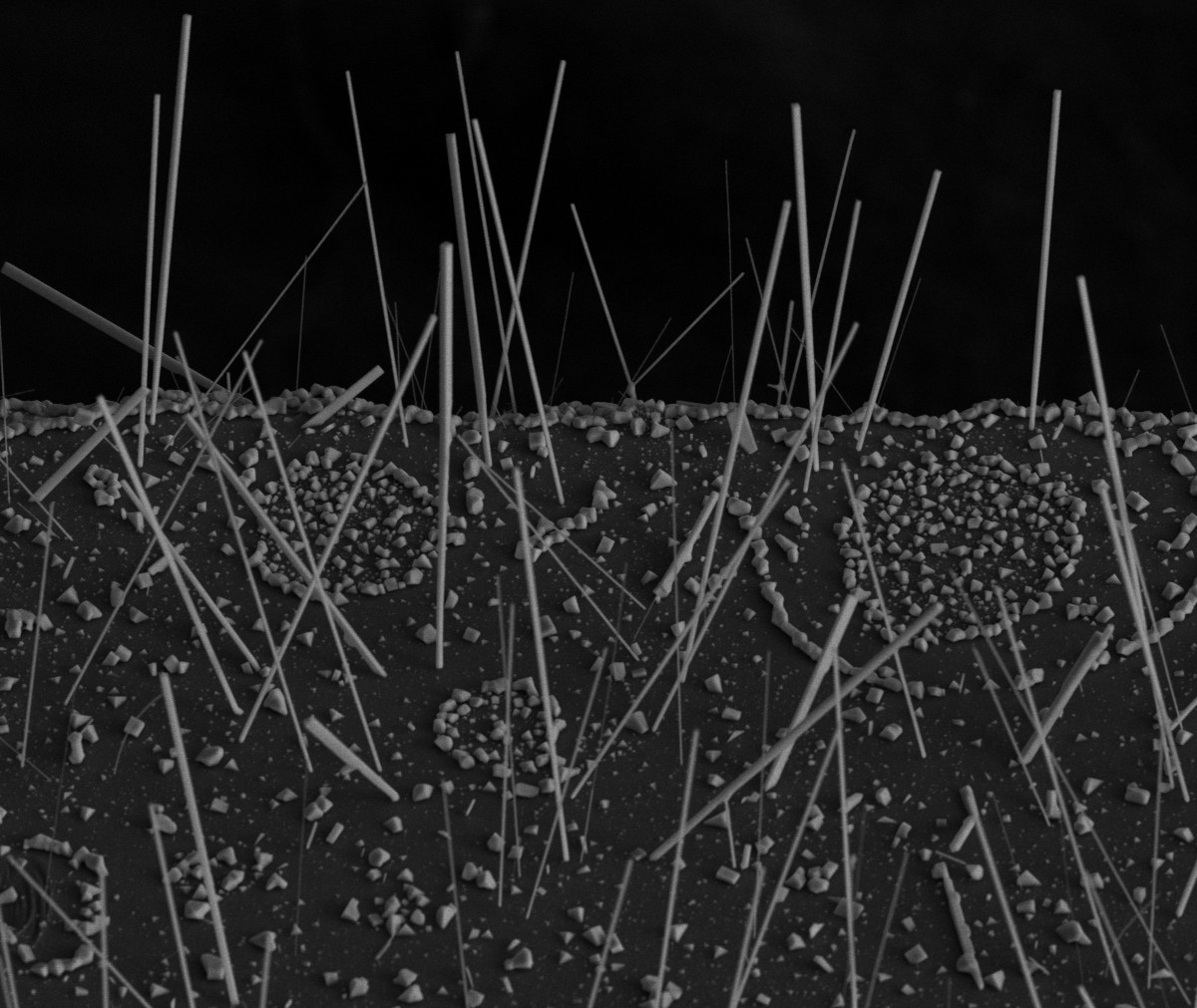Solar Cell Manufacturing Industry Might Be Revolutionized By A Novel Ferroelectric And Lead-Free Material
Researchers from the Lawrence Berkeley National Laboratory (Berkeley Lab) of the U.S. Department of Energy and the University of California, Berkeley have found a new material that could make it easier to make solar cells and revolutionize the solar cell manufacturing industry.
Author:Suleman ShahReviewer:Han JuSep 02, 20227 Shares327 Views

Researchers from the Lawrence Berkeley National Laboratory (Berkeley Lab) of the U.S. Department of Energy and the University of California, Berkeley have found a new material that could make it easier to make solar cells and revolutionize the solar cell manufacturingindustry.
This year, the journal ScienceAdvances wrote about a crystalline solar material with an electric field built into it. This is called "ferroelectricity." This discovery can make it easier to make solar cell devices, lower their costs, and make them work better overall.
A New Ferroelectric Material
Solar panels rely on solar cells to harness the sun's rays and transform them into electricity. For these solar cells to work, the positive and negative charges need to be kept apart by an electric field.
Doping each layer of a solar cell with chemicals that divide the positive and negative charges is a costly process that requires significant investment by the manufacturer to generate this field.
By sending electrons from the negative terminal to the positive terminal, this keeps the device stable and working well.
Cesium germanium tribromide (CsGeBr3 or CGB), a novel ferroelectric material developed in the lab, simplifies and reduces the cost of solar cell device fabrication.
Because of their polarity, CGB materials tend to collect positive charges on one side of the crystal and negative charges on the other. Therefore, alloying the material is unnecessary.
This material represents a new class of inexpensive and simple-to-manufacture solar materials; it is both a ferroelectric and a lead-free "perovskite halide." The most efficient halide perovskites often include lead.
In addition to being a public healthrisk, lead pollution is also a serious issue. Researchers found a new material that has the same or better performance than the old one, but without the use of any lead.
Benefits Of CGB
Ramamoorthy Ramesh, UC Berkeley professor of materials science and engineering and senior faculty scientist in Berkeley Lab's Materials Sciences Division, explained that CGB could advance a new generation of switching devices, sensors, and super-stable memory devices that respond to light.
Furthermore, the researchers discovered that CGB's light absorption can be tuned throughout the spectrum from visible to ultraviolet light (1.6 to 3 electron volts), making it a promising candidate for improving solar cells' efficiency in converting sunlight into usable energy. He remarked that such adjustability is unusual for conventional ferroelectrics.
Producing solar cells will be simpler, quicker, and cheaper with the help of CGB.
Conclusion
This finding will allow solar-powered gadget production to be cheaper, easier, and more effective. The group spent a lot of time refining their findings, but more work has to be done.
The CGB material has shown promising results, but further research is needed before it can be used in a commercial solar device.

Suleman Shah
Author
Suleman Shah is a researcher and freelance writer. As a researcher, he has worked with MNS University of Agriculture, Multan (Pakistan) and Texas A & M University (USA). He regularly writes science articles and blogs for science news website immersse.com and open access publishers OA Publishing London and Scientific Times. He loves to keep himself updated on scientific developments and convert these developments into everyday language to update the readers about the developments in the scientific era. His primary research focus is Plant sciences, and he contributed to this field by publishing his research in scientific journals and presenting his work at many Conferences.
Shah graduated from the University of Agriculture Faisalabad (Pakistan) and started his professional carrier with Jaffer Agro Services and later with the Agriculture Department of the Government of Pakistan. His research interest compelled and attracted him to proceed with his carrier in Plant sciences research. So, he started his Ph.D. in Soil Science at MNS University of Agriculture Multan (Pakistan). Later, he started working as a visiting scholar with Texas A&M University (USA).
Shah’s experience with big Open Excess publishers like Springers, Frontiers, MDPI, etc., testified to his belief in Open Access as a barrier-removing mechanism between researchers and the readers of their research. Shah believes that Open Access is revolutionizing the publication process and benefitting research in all fields.

Han Ju
Reviewer
Hello! I'm Han Ju, the heart behind World Wide Journals. My life is a unique tapestry woven from the threads of news, spirituality, and science, enriched by melodies from my guitar. Raised amidst tales of the ancient and the arcane, I developed a keen eye for the stories that truly matter. Through my work, I seek to bridge the seen with the unseen, marrying the rigor of science with the depth of spirituality.
Each article at World Wide Journals is a piece of this ongoing quest, blending analysis with personal reflection. Whether exploring quantum frontiers or strumming chords under the stars, my aim is to inspire and provoke thought, inviting you into a world where every discovery is a note in the grand symphony of existence.
Welcome aboard this journey of insight and exploration, where curiosity leads and music guides.
Latest Articles
Popular Articles
